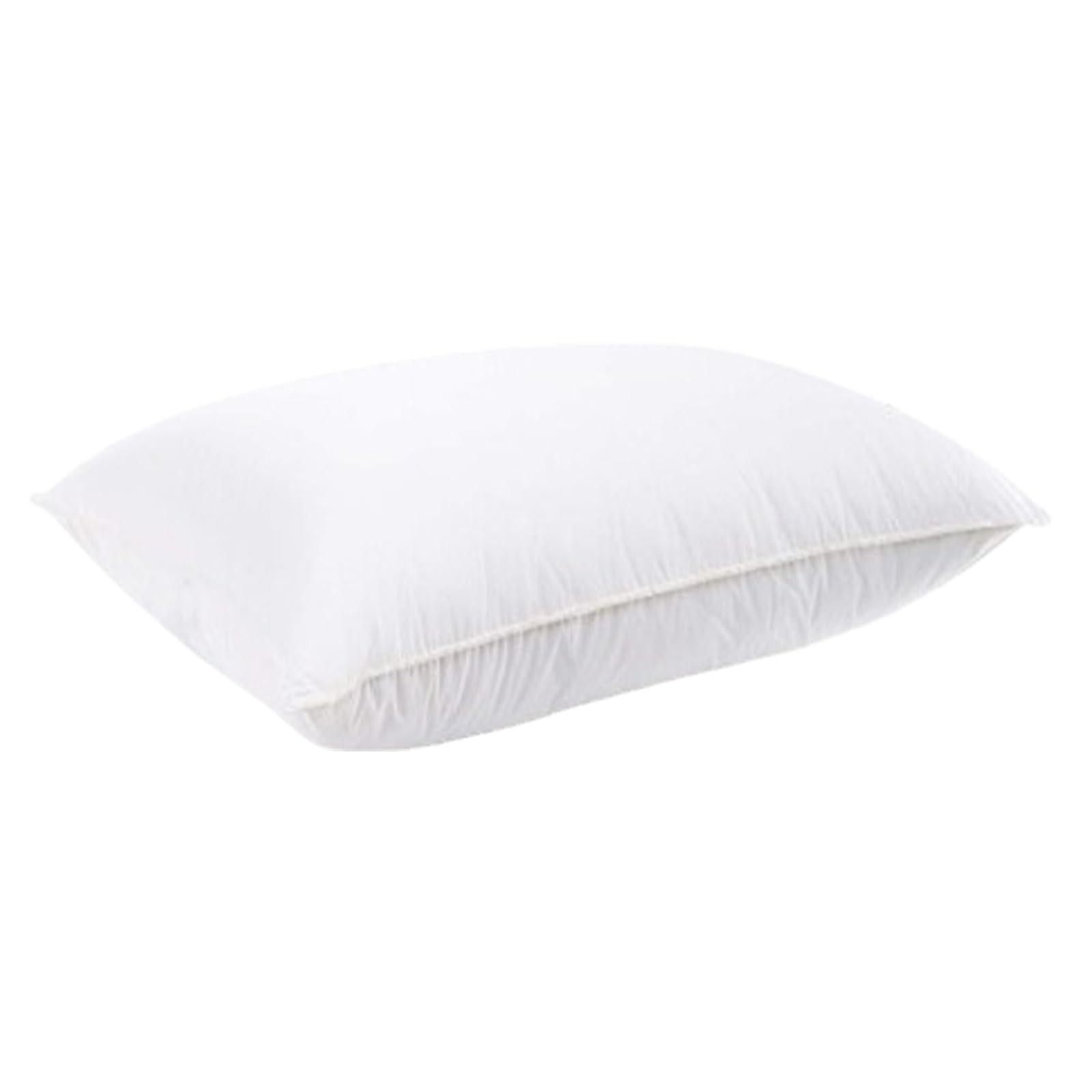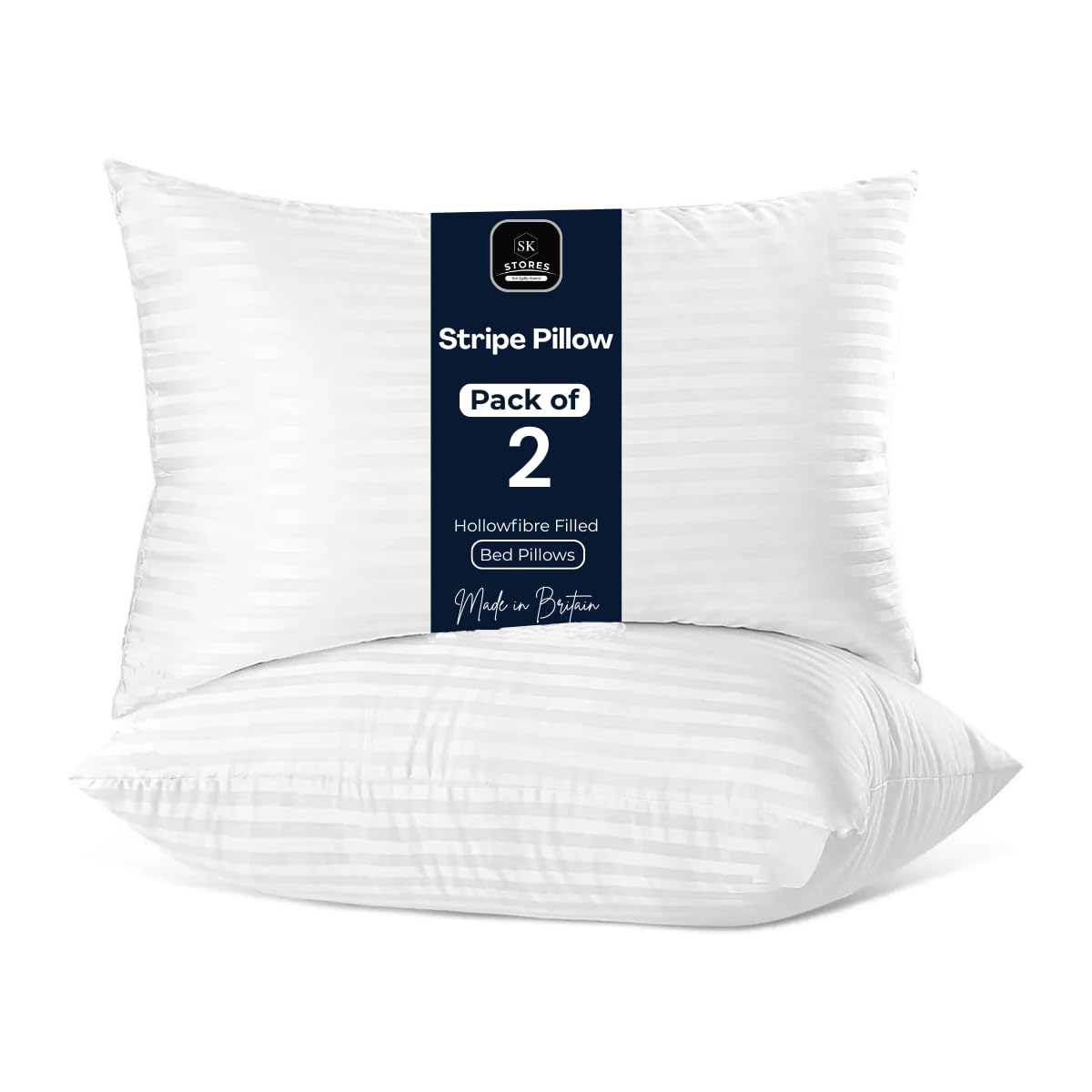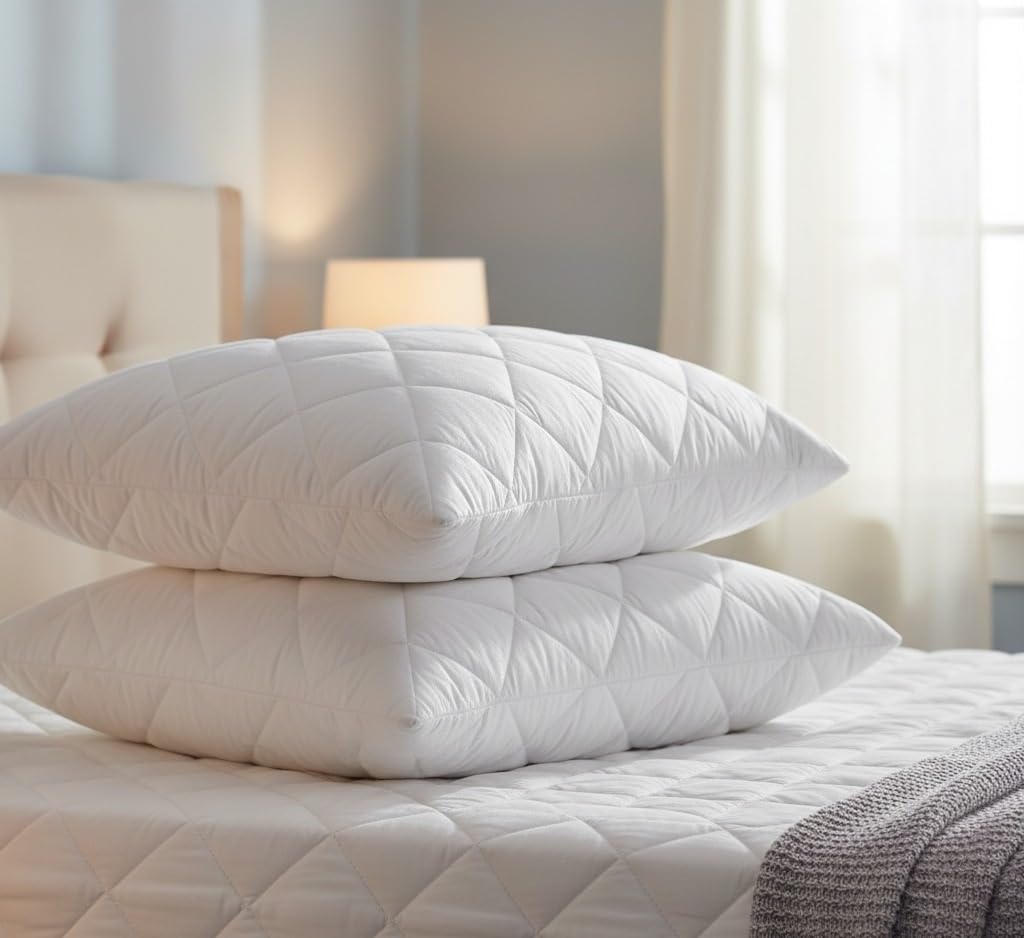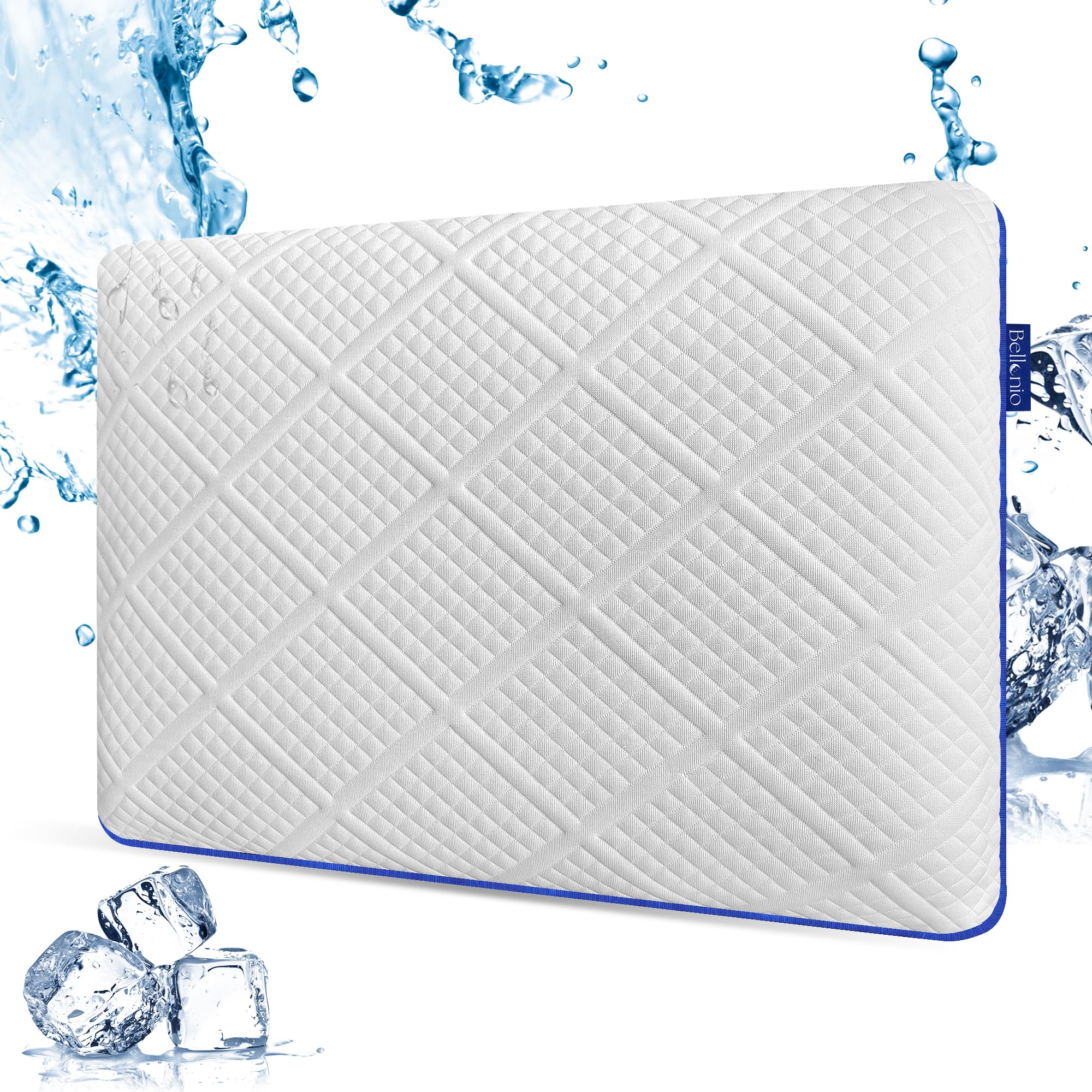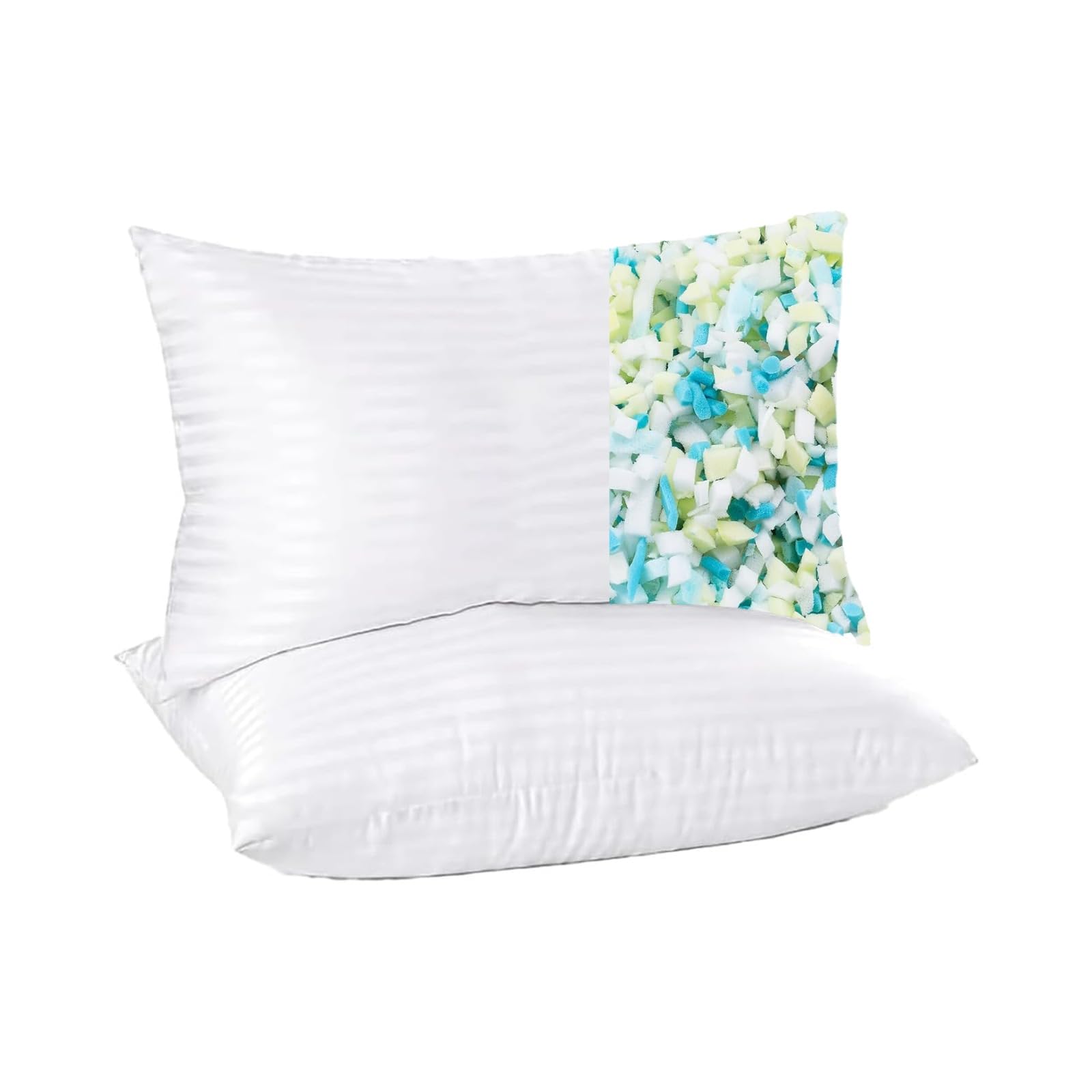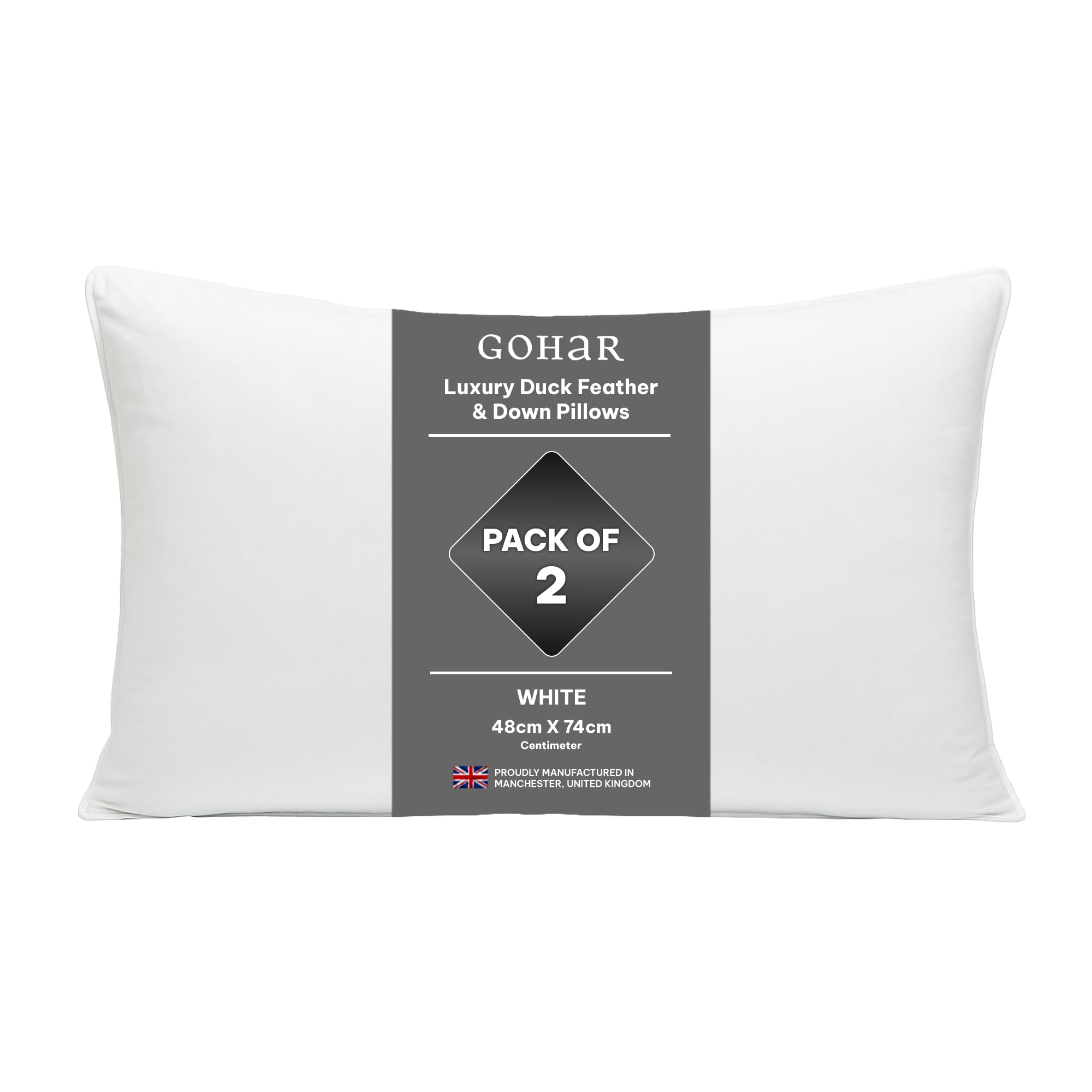CPAP therapy can transform sleep for people with sleep apnoea, yet standard pillows sometimes fight with masks and hoses. A low profile pillow with the right cut outs or a soft edge makes it easier to keep a seal without lifting the head too high. This UK guide explains what to look for in a CPAP friendly pillow, how to manage hose routing, and small tips that reduce leaks so you can focus on sleep rather than equipment.
Neck comfort starts with pillows matched to sleep position and consistent loft.
Why low profile matters with CPAP
High pillows push the head forward and can press the mask frame into your face, which encourages leaks. A low to medium loft pillow keeps the head and neck neutral and reduces pressure on the mask. For side sleeping, a softer edge or a shallow cut out near the cheek lets the mask sit without being forced sideways.
Design features that help
Look for pillows with side cut outs or softer zones that relieve pressure on full face and nasal masks. Adjustable shredded foam lets you fine tune height and carve a shallow channel under a pillowcase if needed. Latex with perforations can also work because it cradles without a hard edge. Solid, very firm pillows often push on mask frames and increase leaks.
Hose management
Route the hose over the headboard or through a lightweight clip on the headboard so it does not pull at the mask when you turn. Some people feed the hose under the duvet for warmth and to reduce noise. If condensation becomes an issue, use hose covers or adjust humidity. A little setup time pays off in fewer wake ups.
Side vs back sleeping
Side sleeping is common with CPAP. Use the pillow’s softer edge and lie so the mask sits in the clear space rather than pressing into the centre of the pillow. Back sleepers need a stable surface that does not tilt the head forward. A gentle contour under the neck can help keep airways open while maintaining a seal.
Skin comfort and hygiene
Use soft cotton pillowcases and wash them frequently to keep oils from affecting the mask seal. If you notice redness where the frame touches, adjust straps to be snug but not tight and try mask liners. A breathable pillow protector prevents sweat soaking into the pillow without making the surface slippy.
When to change pillow height
If you wake with neck tension or notice new leaks after changing masks, revisit loft. Small adjustments make a big difference. Remove a handful of fill from adjustable pillows or try a thinner low loft design. Test for a few nights before deciding.
We highlight low profile and adjustable designs that play well with masks in our guide to CPAP friendly pillows. For overall comfort, pair with smooth pillowcases and, if your mattress is firm at the shoulder, a topper that eases side sleeping.
FAQs
Do I need a special CPAP pillow?
Not always, but features like side cut outs or a soft edge help. Many people do well with a low, adjustable pillow tuned to their mask and sleep position.
How do I stop mask leaks on my side?
Lower the pillow a little, use the edge or a cut out to reduce pressure on the mask, and route the hose so it does not tug as you turn.
What pillowcase works best?
Light cotton that grips gently. Very slick fabrics can let the mask slide, increasing leaks when you move.
